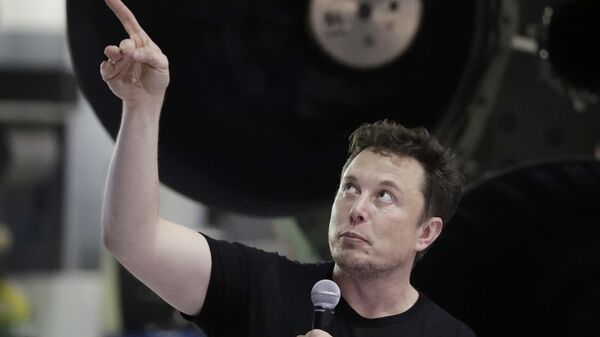Musk, the eccentric US entrepreneur, promised to roll out robotic self-driven taxis that will be able to function without input from passengers by 2020. There is, however, solid indication that these promises are little more than a PR stunt, says Jalopnik’s Aaron Gordon.
TechCrunch detailed that Musk’s The Boring Company seeks to push its Las Vegas Convention Center (LVCC) Loop project, in competition with the Las Vegas Monorail. The LVCC Loop is described as a tunnel in which modified Tesla cars will self-drive, carrying up to 16 passengers at a time between three stations.
The modified vehicles will use “horizontal alignment wheels” for steering assistance.
The @boringcompany has bid on a private loop project at the Las Vegas Convention Center, LVCC board votes on proposal March 12 https://t.co/OMelCf16QH pic.twitter.com/Tzd8Fk7bsG
— TheTeslaLife (@TheTeslaLife) March 6, 2019
According to Jalopnik, the modified Teslas will have human driver/observers “for additional safety.”
But the LVCC Loop, Jalopnik’s Gordon writes, is a single-lane tunnel without interference of other drivers and pedestrians, and is the most ideal medium for a self-driving car. Despite operating in an isolated environment and having alignment wheels – a car as a modified train - the LVCC Teslas must still require a human driver.
Considering the above, Gordon asks how Musk expects to roll out self-driving Teslas that are able to navigate without human input by 2020, particularly as the LVCC Loop is not slated to open until 2021.
“We’re supposed to believe Teslas will be capable of full-self driving in all conditions by next year even though, by the following year, a safety driver will be needed for a .8-mile tunnel with a dedicated right-of-way, the single simplest application of self-driving that could possibly exist,” Jalopnik writes.
“Not only does this lend serious doubts to the Tesla robotaxi promise, but it is also a definitive step backwards from better, existing technology,” he writes, pointing at driverless airport people movers released by several companies, including the Easy Mile and Local Motors over the course of the last couple of years.



